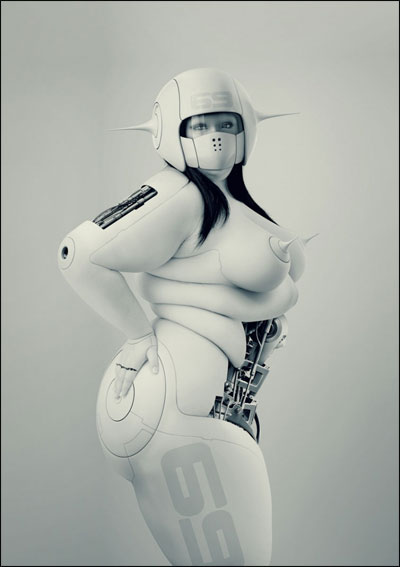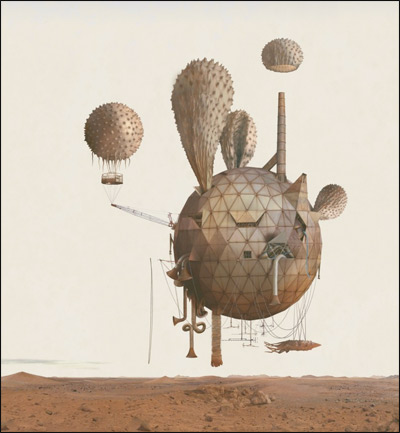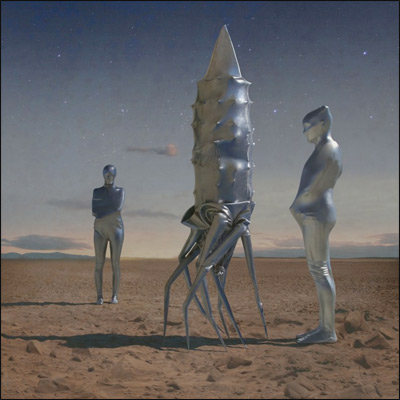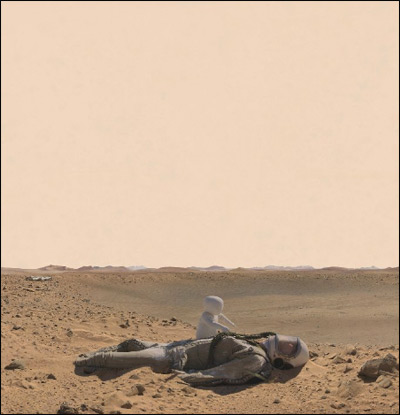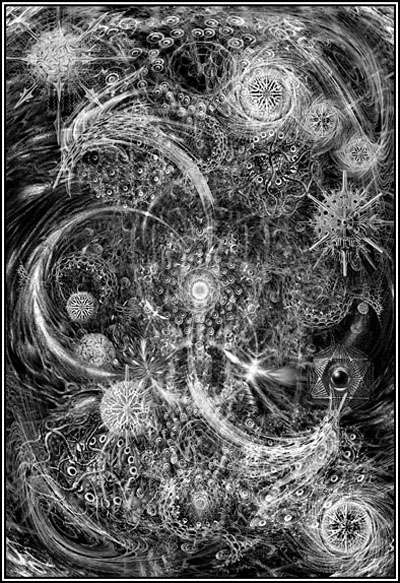Diaghilev Gets His Due: The Golden Age of the Ballets Russes at the Victoria & Albert Museum
Coilhouse is delighted to welcome writer and dancer Sarah Hassan into the Coilhouse family. Her premiere piece for us is a 3000 word feature about Sergei Diaghilev and the Ballet Russes. This is definitely one of the most informative, inspiring, infectious posts you’ll read here this month, so settle in, and enjoy! ~Mer

Dancers in the original Le sacre du printemps production.
The Théâtre des Champs-Élysées in Paris seems an unlikely venue for a riot. Yet almost one hundred years ago, on May 29th, 1913, fist-fights broke out in an audience made up of socialites, musicians, and artists. The institution in question was one that by today’s standards seems chaste and predictable: the ballet.
The premiere of Le sacre du printemps by Sergei Diaghilev’s Ballets Russes has become the stuff of legend. Against Nicholas Roerich’s backdrop of a primitive Russia, the radical score by Igor Stravinsky came alive to the choreography of Vaslav Nijinsky, the danseur noble darling – and object of Diaghilev’s affection – whose unsurpassed defiance of gravity on Europe’s great stages had been leaving balletomane’s breathless. Now, the dancer whose roles included a lovesick puppet, a sprightly rose, and a predatory golden slave presented a complicated tableau of sacred ritual. With balled-up fists and downward glances, his dancers jumped and stomped their pigeon-toed feet in time with the violins as if trying to conjure up the ghosts of pagan tribesmen. The heavy woolen dresses painted with folk patterns on the peasant girls were in place of the frothy tulle skirts of nighttime sylphs and bejeweled torsos of slinking odalisques expected from a program a’la Russes.

Nicholas Roerich’s Costumes for Le Sacre Du Printemps.
The production, presenting a ‘new type of savagery,’ caused a literal aesthetic outrage among the haute Parisian audience. Backstage, as the birth of modern dance unfolded, Nijinsky screamed the tempo counts in Russian to dancers who couldn’t hear over the booing, while Stravinsky held him by his coattails lest the crazed choreographer topple into the orchestra. Diaghilev attempted to placate the uproar by turning the house lights on and off. Yet despite its unsuccessful reception, Le sacre du printemps was performed six times, and Diaghilev declared the opening night scandal to be ‘exactly what he wanted.’ It was clear that the ballet was no longer safe.
Thirty-two years after Le sacre’s premiere, Nijinsky, having succumbed to insanity, leapt for a photographer’s camera in a Swiss asylum. The image captured the aging dancer smartly dressed in a suit suspended in the air, proof of his once otherworldly powers. Yet, one can only wonder if the height Nijinsky was attempting to recapture was not his own, but that of the sacrificial virgin he created, dying from her own mad dance in a flash of beastly glory.
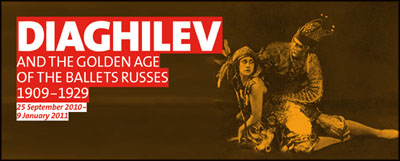
The banner at the Victoria & Albert Museum for Diaghilev and the Golden Age of the Ballets Russes.
All the hoopla generated by Darren Aronofsky’s psycho-sexual melodrama Black Swan made it easy to believe that ballet had been once again recovered from the ashes of its own antiquity. With Jennifer Homan’s attempt to condense 400 years of history with her book, Apollo’s Angels, the ballet’s ability to survive in an age where anything goes and everything changes came into question – the blood-stained tutu of Natalie Portman’s Nina Sawyer notwithstanding. Madness is, by Aronofsky’s account, the cost of greatness. This idea is artistic old-hat, retold through ballet by Moira Shearer’s exceptional Victoria Page in The Red Shoes – a movie loosely based on Diaghilev and his company – and all the gory details of Swan, from broken toes, bone-thin frames, and endless retching struck a resonant, less glamorous chord. The curtain was pulled back to reveal an art that demands perfection as you claw your way to the top while clawing yourself apart. Ballet, according to Black Swan, is more an arena for the cruel and calculated and less the foundation for beauty, innovation and fantasy.
Oh, how the days of Diaghilev would beg to differ.





